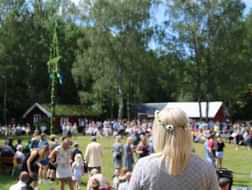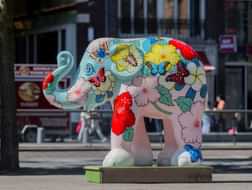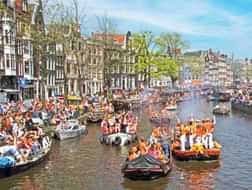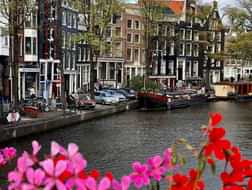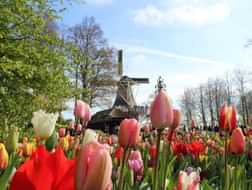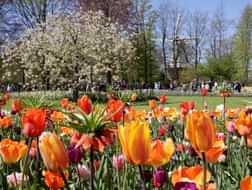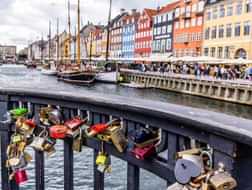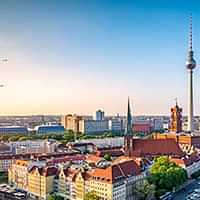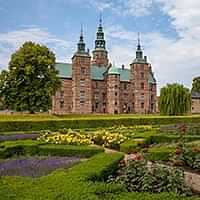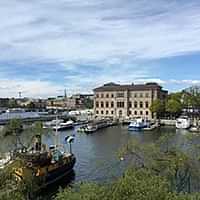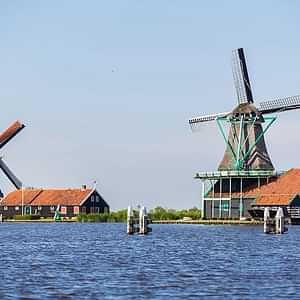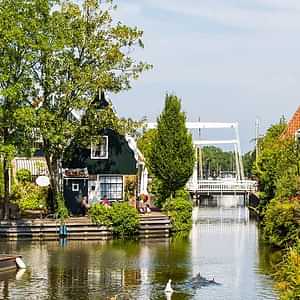The origin of the Dutch Windmills
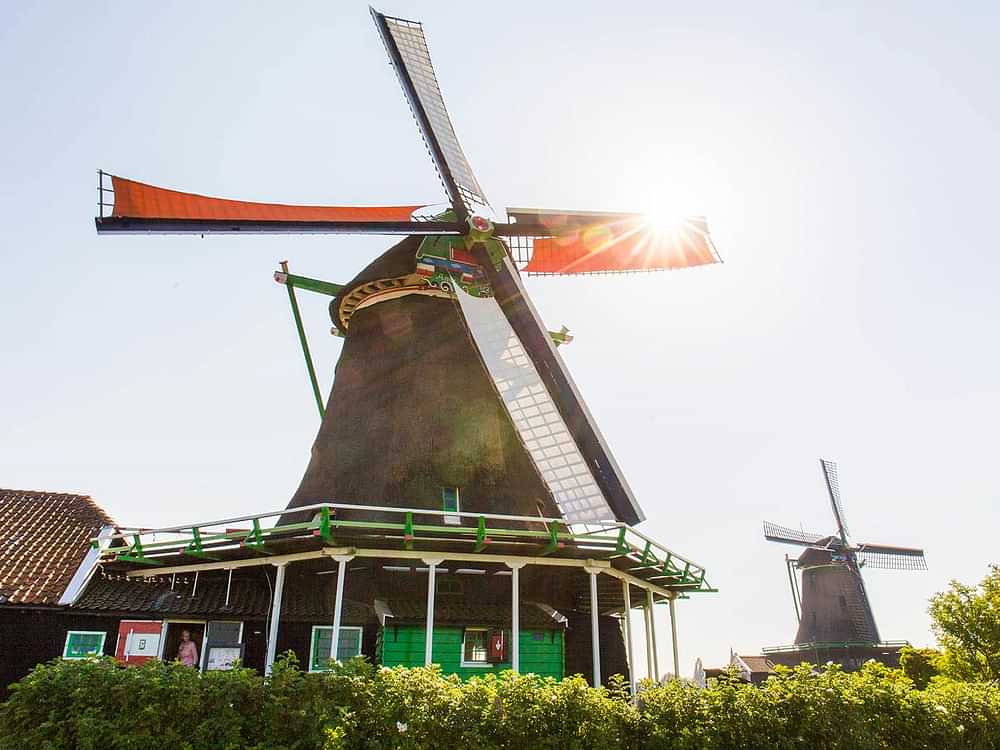
The oldest windmill probably originates from China and was built somewhere between the years 25 and 220. But this was a very different mill than the Dutch windmills. The Dutch windmills originate from the 11th century.
The Netherlands used to have 10.000 windmills, nowadays over a 1.000 are still standing and most of them still work. Some of them are clustered together, this is called a ‘molengang’. For example, the 19 Kinderdijk windmills were built to work together in such a ‘molengang’. One mill alone can’t drain an entire area, but all the Kinderdijk windmills together were able to dry the land of the Alblasserwaard.
Types of Dutch windmills
Dutch windmills have a lot of different functions. The most important one in the Netherlands was pumping water out of the lowlands and back into the rivers beyond the dikes. By doing this, the mills made the land ready for farming.
Most of the Kinderdijk windmills were built for this drainage purpose. Dutch windmills of this type were usually owned by a Dutch water board because there was no direct profit for the miller. A water board is a government body that manages the water in a certain area. In the case of the Kinderdijk windmills, 2 water boards needed to work together to drain all the land.
Dutch windmills were also used for industrial purposes. These windmills were usually owned by the miller because of the direct profit. The windmills at the Zaanse Schans, for instance, were used for making mustard, hemp, grain, paint and to saw.

Where do I find windmills in Holland?
There are still a lot of windmills scattered across the Netherlands. Here are some that are worth a visit:
Kinderdijk windmills
The Kinderdijk Windmills are a group of 19 (still existing) windmills that were used for draining the land. One of the mills is open for visitors. The entire area gives you a fantastic typically Dutch view and makes for a great day out.
Zaanse Schans
Unlike the Kinderdijk windmills, the Zaanse Schans windmills weren’t used for draining water. In the Dutch Golden age, the Zaanse Schans was a gigantic industrial area with thousands of windmills sawing wood from Scandinavia and making paper. There are still 16 windmills left. Some of them are open for visitors and give you a great deal of information about the workings of a windmill. You can also join a tour to the Zaanse Schans.
Amsterdam
If you are only visiting Amsterdam and you don’t want to go all the way to the Kinderdijk windmills, the windmill closest to the center of Amsterdam is Windmill De Gooyer. This windmill used to be part of a bigger group of corn mills. But now it’s the only one left of this group. You can’t go inside, but the mill makes for a great photo opportunity and you can combine it with a visit to the beer brewery next door.
Schiedam
In Schiedam, you can find the largest windmills in the world. The mills have a height of up to 33 meters due to the lack of wind in Schiedam. Originally, there were 20 windmills in Schiedam, but just 5 are left. In the 18th and 19th centuries, Schiedam was the Jenever capital of the world, and the windmills were used to grind the most important ingredient: grain.
Windmills are an iconic part of the Dutch landscape and a must-see for any visitor to the Netherlands. If you're looking for the best place to see them, take an Amsterdam day trip and experience the beauty of Dutch windmills firsthand!
Our top tips

